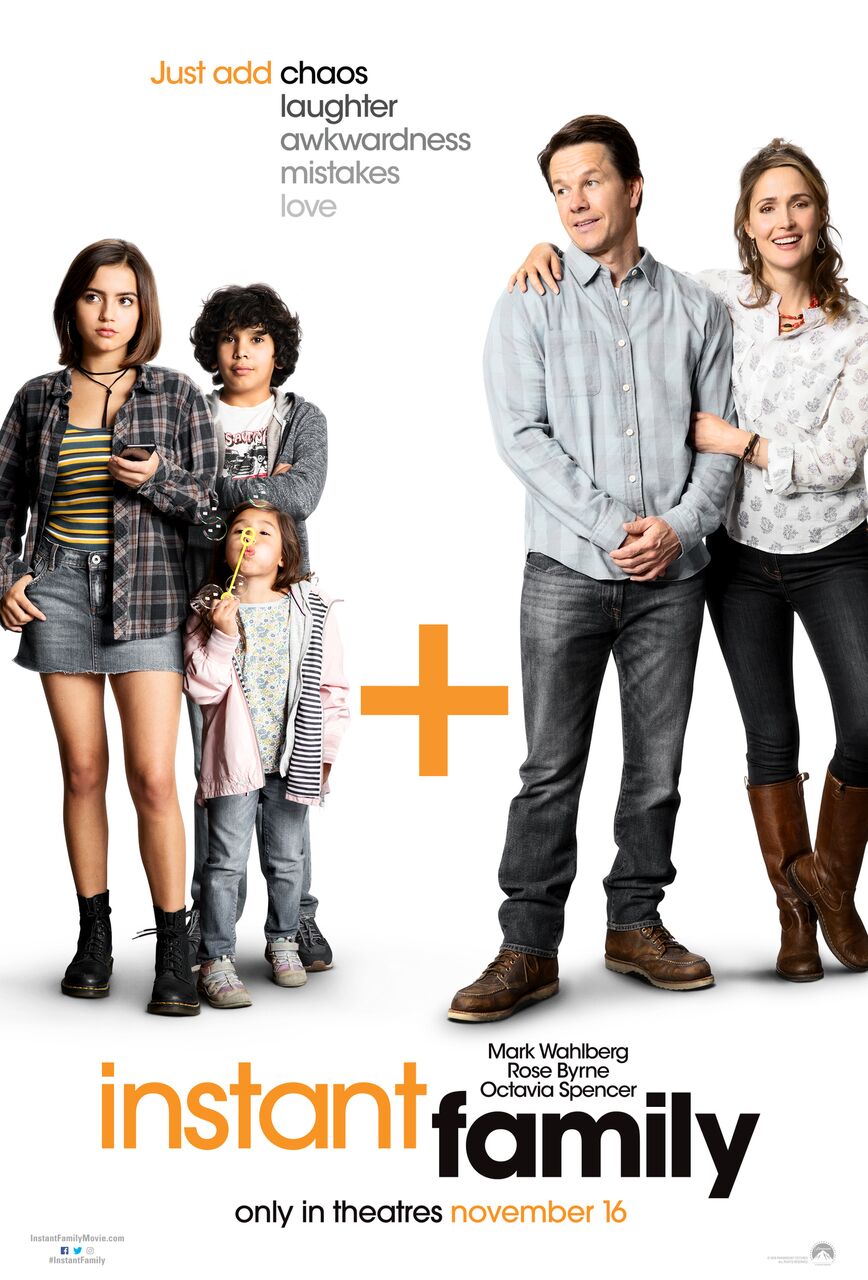We had an opportunity to sit down with Michelle Robinson, one of the animation supervisors on the latest Walt Disney animated film “Ralph Breaks the Internet”.
Character Look Development Supervisor Michelle Robinson and her team were responsible for the texture of the characters and creating hair and fur. We had a chance to discuss the logistics of her role on the film as well as her favorite character. Ms. Robinson has worked on “Pocahontas”, “Bolt”, “Tangled”, “Wreck It Ralph”, and the Academy Award-winning “Frozen”.
PFF: How many staff people worked on your team through the project?
MR: I think when it was the maximum, it was about 12 artists. It ramps up and ramps down.
PFF: How long were you working on the project?
MR: Me personally, a little over two years. Two years and four months.
PFF: By the time you get to the end, it becomes a labor of love. You don’t want to necessarily let it go.
MR: True. There’s so much you pour into it, and you get really, really close to it. It becomes this thing with a really weird, emotional attachment too.
PFF: You’re in a process where you get to see the [character] development from beginning to end and to see the completed project. From your team’s perspective, you deal with the textures, the look and the feel of the characters and you have a framework to start with, is that correct?
MR: We have a model that has essentially been built with some reference from the art department, usually a 2D drawing or sketch. They may pull some fabric swatches or something and say, “This is what we want the clothing to look like.” We translate that onto the 3D model.
One of the biggest things we do is put on the hair. That’s a really interesting process to go from a drawing to a fully functional hairstyle that then can be passed on and be simmed [simulated], moved, and animated.
PFF: Do you work on the movement of the hair or with the hair itself and create a static base for future artists to use?
MR: We create the static sculpture. We build in an infrastructure that the artists, who do set up the movement, can work with. We work back and forth with them a little. We’ll hand them something and say, “Is this something that will work for you?”
We both need to make sure that it works aesthetically but also functionally so that they can make it move and it won’t get all tangled.
PFF: Very interesting. Were you responsible for any specific characters or did you work on all of them?
MR: My role as a supervisor, I’m going to meetings and making sure that the work gets done. I don’t do a whole lot of work on specific characters, but I did do the shark!
PFF: I’m so glad you said that because that was the one Easter Egg that I picked up in the movie. Were you responsible for that Easter Egg?
MR: No, I wasn’t responsible for that, but I’m glad you enjoyed it.
PFF: The textures are just amazing. There’s a nice dichotomy between the analog and the digital worlds in this film. Did you find that influenced your approach to the way you structured hair or movement or the way your work translated to the characters in either world?
MR: We definitely and specifically thought about the look of the characters who inhabit the Internet. We have different classes of characters, the net users with their square heads that look like monitors and the netizens, who were the service sector with the bright, poppy colors. Those were all decisions made to distinguish them, but also to indicate what their roles are. We didn’t want them to be confused with a game character or player or a human.
PFF: Do you have a favorite character in this movie?
MR: From a visual standpoint, we made a character, Double Dan who represents a kind of a virus. When we started working with the character, he was described as being made of spam who had been dropped on the floor, so he’s made up of dirt and dust. The process of making a character that’s so unappealing is so much fun, because it’s totally not what we do. We’re all about appeal and cute and beautiful. But that guy? That was really fun!
We had a blast catching up with Michelle Robinson. Walt Disney’s “Ralph Breaks the Internet” opens on Wednesday, Nov. 21.































